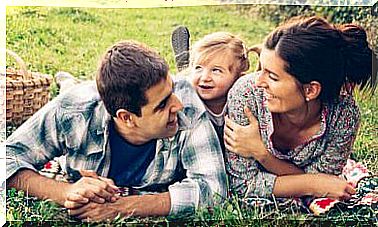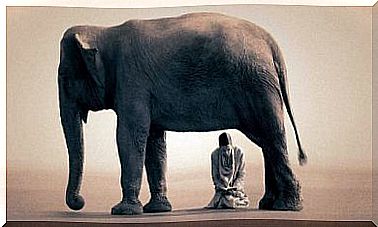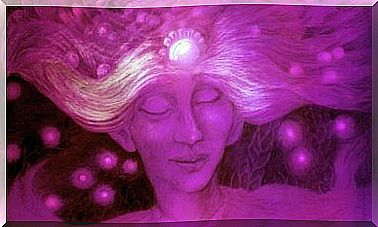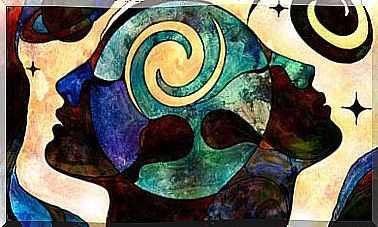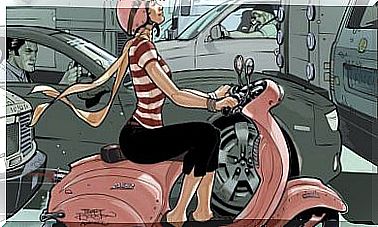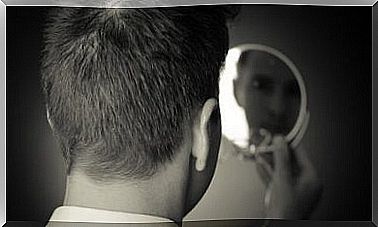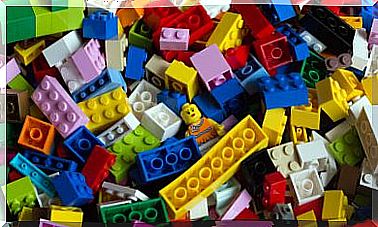Children In Therapy Also Play

Yes. Children in therapy also play. They need to play. And you might ask yourself… play like in the street? Play like at home? Play like with your friends? Some people may even be shocked, take him to therapy to play? That’s what I play with him for! Well … the game we refer to in therapy may be similar in essence to what we can observe outside of it, but there are fundamental differences.
As Landreth, a therapist specializing in play therapy or play therapy said:
Children express their needs in a language other than verbal
That is, children have their own language and this is far from that of adults. They do not have the capacity that healthy adults have to express our needs, our experiences and emotions. Not at least through verbal language and using the same precision with the terms.
Therefore, as therapists who work with children, we have to start from this base. Thus, understanding this, we can work within a much more defined and realistic framework. Children express themselves through play, painting, the body, the line in their drawings, the colors used … Children scream in their silences of words. They scream what they have inside in many ways, and all of them related to creativity.
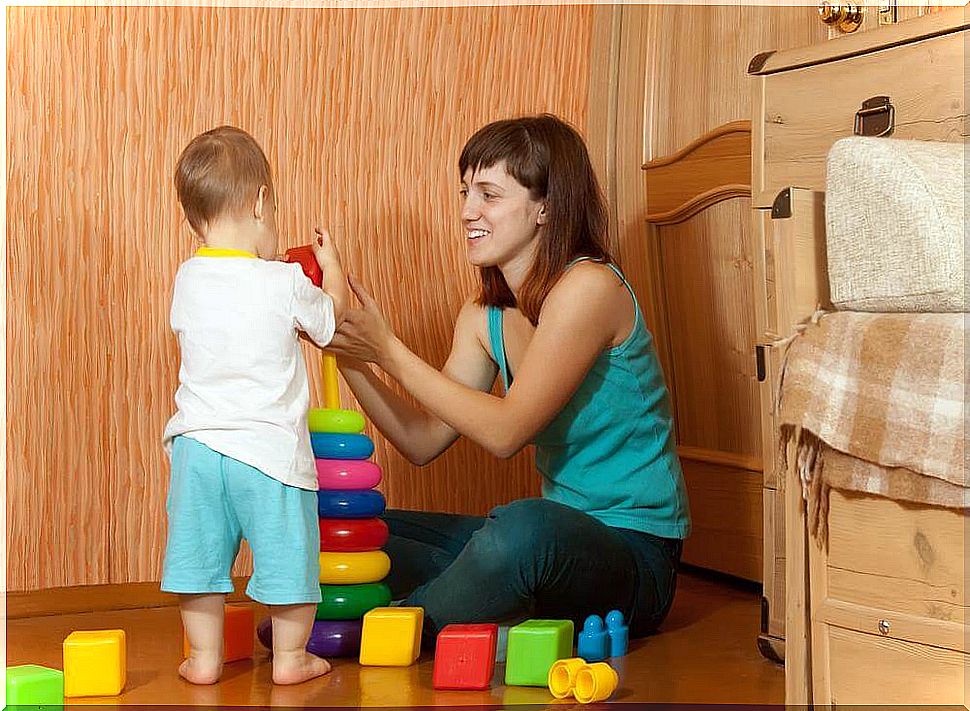
If we are blind to our own creativity, it is very likely that it will be difficult for us to enter the world of children. If we intend to communicate with a child only with the mental scheme of our age, we will be lost. We will not understand anything and we will get frustrated. We must therefore approach his vital stature. Communication must be adjusted to the level of understanding of the other person. Always.
The child therapist must know the stages of human development
However, this does not mean that the game played in therapy is a “nonsensical” game, without any psycho-pedagogical background. The game in therapy must be led by a professional who knows and has deepened in each of the stages of human development. You must have a clear mental scheme about each of the stages of life. From childhood to old age.
Having this well established scheme, we will be able to work with greater clarity and certainty. The therapist working with children must be intuitive and bold. In his head he will translate what the child he is playing with or the child he watches playing is trying to express (consciously or less consciously).
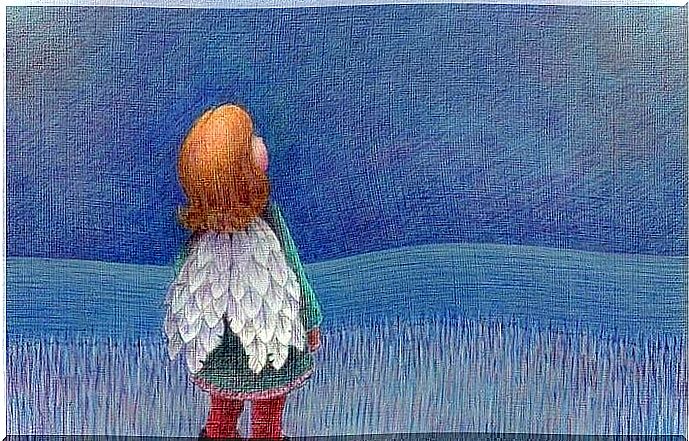
But we can only do this if we are listening to him with all our senses, but above all, from the emotional point of view. If the human being is emotionally essential, a child is much more so. Think that there is nothing more healing than a soul that listens from the heart, allowing itself to be soaked by everything that our patient transmits to us.
The game of a child gives us clues to know how to work with him
Through play, painting, all the arsenal of creativity that he is showing us, we will be able to understand how the child relates to his environment, what he expects from him and what he thinks I can contribute. His environment is above all his family and his peer group at school.
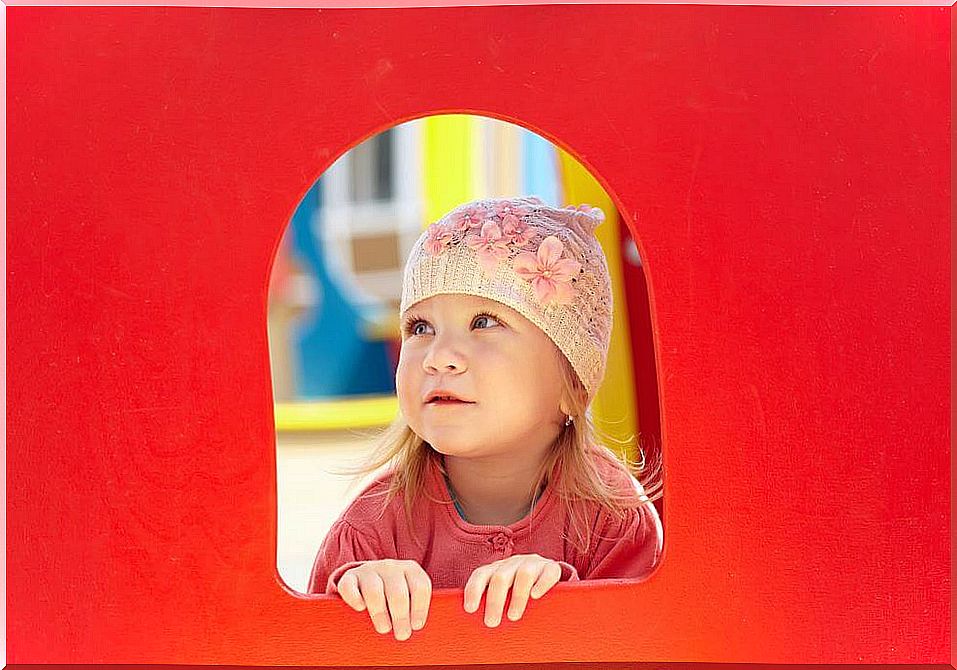
This valuable information that we are collecting will guide us on what the child needs, what he lacks and is missing, and what makes him feel loved the most and what the least. Through the game we will be able to create different situations and healthier ways of acting for him. We will be able to dialogue with each of the small parts that make up this being in a language in which they feel free and therefore open to communicate.
Let’s listen to our own inner child
But … something really important, for a child therapist, is to be able to reconnect with our own inner child. The one that will tell us what he needs, what is most important to him … And above all, what he expects from an adult to feel that support when it is bad but does not know how to express it through verbal language.
That language in which so much is lost if we do not know how to go beyond it …
I end this article with a beautiful reflection that has touched me deeply as a person and as a therapist. I hope you like it:

